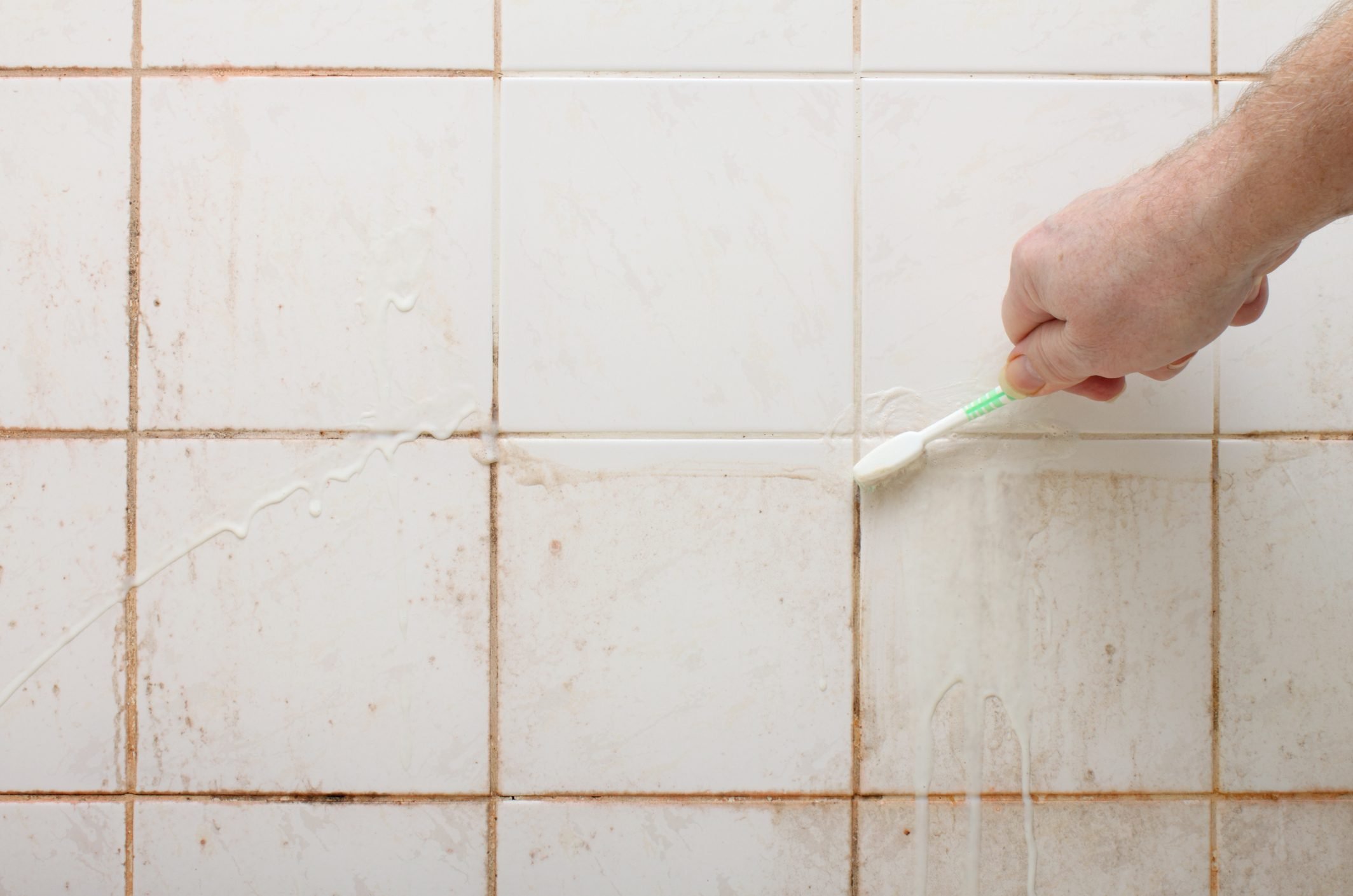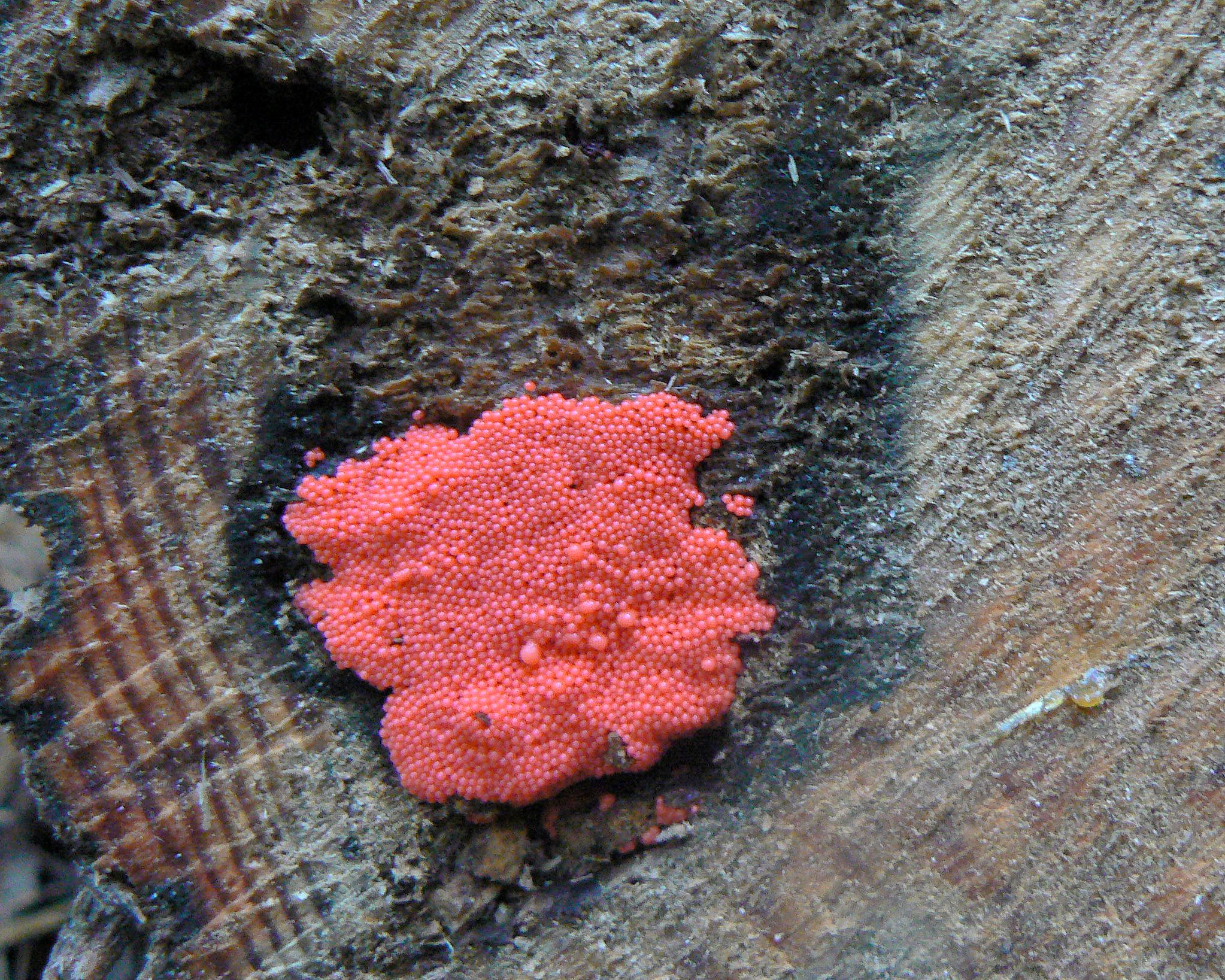Understanding Pink and Red Mold

Pink and red mold, often seen as unsightly blemishes in bathrooms, can be a cause for concern. This type of mold, while not always harmful, can indicate underlying moisture issues and potentially trigger allergies or respiratory problems in sensitive individuals. Understanding the characteristics and conditions that favor their growth is crucial for effective prevention and remediation.
Types of Fungi Responsible for Pink and Red Discoloration
Pink and red discoloration in bathrooms is typically caused by various types of fungi, each with its own characteristics and growth preferences. Some common culprits include:
- Serratia marcescens: This bacterium is often responsible for the pink discoloration seen on surfaces, particularly in damp environments. It is known for its ability to produce a red pigment called prodigiosin, which gives it its distinctive color.
- Aureobasidium pullulans: This fungus is commonly found in bathrooms and can cause black, brown, or pink discoloration. It thrives in humid conditions and can grow on various surfaces, including tiles, grout, and even painted walls.
- Rhodotula mucilaginosa: This yeast-like fungus is often responsible for the pink or reddish-orange discoloration found in bathrooms. It prefers warm and humid environments and can grow on various surfaces, including shower curtains, grout, and even the walls.
Conditions that Promote Mold Growth
Mold thrives in environments with specific conditions, including:
- Moisture: Mold requires moisture to grow and reproduce. Bathrooms, with their high humidity levels from showers and baths, provide an ideal environment for mold growth.
- Temperature: Most mold species prefer temperatures between 70°F and 80°F. Bathrooms, often warm and humid, offer a suitable temperature range for mold growth.
- Nutrients: Mold feeds on organic materials, including dust, dirt, soap scum, and even hair. Bathrooms, with their accumulation of these materials, provide a ready source of nutrients for mold growth.
Identifying and Assessing Mold Growth: Pink Red Mold In Bathroom

Pink and red mold can be tricky to spot, especially in the early stages. However, recognizing the signs of infestation is crucial for taking prompt action and preventing further damage. This section will guide you on identifying pink and red mold in your bathroom and assess its severity.
Visual Identification, Pink red mold in bathroom
The first step in dealing with mold is to identify it. Pink and red mold can appear in various forms, making it essential to know where to look and what to look for.
- Look for patches of pink or red discoloration: This is the most obvious sign of mold growth. The color may vary from light pink to deep red, depending on the type of mold and the conditions it’s growing in.
- Inspect areas with high moisture: Pay close attention to areas prone to moisture, such as shower stalls, tubs, grout lines, and around sinks. These areas are ideal breeding grounds for mold.
- Check for musty or earthy odors: Pink and red mold often emit a distinct musty or earthy smell. If you notice this odor, it’s a strong indicator of mold growth.
- Examine the texture of the affected surface: Mold can appear fuzzy, powdery, or slimy. The texture can vary depending on the type of mold and the surface it’s growing on.
Assessing Mold Severity
Once you’ve identified pink and red mold, it’s crucial to assess its severity. This helps determine the appropriate course of action and the level of urgency required. Several factors contribute to the severity of mold growth, including the size of the affected area, the presence of spores, and the type of mold.
| Severity | Visual Indicators | Recommendations |
|---|---|---|
| Mild | Small, isolated patches of mold growth; minimal discoloration; no noticeable odor | Clean the affected area with a mold-killing solution; improve ventilation and moisture control. |
| Moderate | Larger patches of mold growth; noticeable discoloration; mild musty odor | Clean the affected area with a mold-killing solution; consider professional cleaning or remediation if the mold is extensive. |
| Severe | Extensive mold growth; significant discoloration; strong musty odor; visible mold spores in the air | Contact a professional mold remediation specialist; the mold may have spread beyond the visible area, requiring extensive cleaning and repairs. |
Managing and Preventing Mold Growth

Pink and red mold, while unsightly, can be effectively managed and prevented with the right approach. Understanding the factors that contribute to mold growth and implementing proactive measures can create a mold-resistant environment in your bathroom.
Removing Pink and Red Mold
Removing pink and red mold requires a combination of cleaning solutions, tools, and safety precautions. Here’s a detailed guide:
- Cleaning Solutions:
- Bleach Solution: A bleach solution (1 part bleach to 10 parts water) is effective against most mold types. Apply the solution to affected areas, let it sit for 10 minutes, and scrub with a stiff-bristled brush. Rinse thoroughly with clean water.
- Borax: Borax is a natural cleaner that can effectively kill mold spores. Mix 1/2 cup of borax with 1 gallon of warm water. Apply the solution to the affected area, let it sit for 15 minutes, and scrub with a brush. Rinse thoroughly with clean water.
- Tea Tree Oil: Tea tree oil is a natural antifungal agent. Mix a few drops of tea tree oil with water and apply it to the affected area. Let it sit for 10 minutes, and scrub with a brush. Rinse thoroughly with clean water.
- Tools:
- Gloves: Wear rubber gloves to protect your hands from contact with mold and cleaning solutions.
- Mask: A respirator mask will prevent you from inhaling mold spores.
- Stiff-Bristled Brush: A stiff-bristled brush is necessary for scrubbing mold off surfaces.
- Spray Bottle: A spray bottle is helpful for applying cleaning solutions to the affected area.
- Old Towels: Use old towels to wipe down the affected area and clean up any spills.
- Safety Precautions:
- Ventilation: Ensure proper ventilation while cleaning by opening windows or using a fan to remove mold spores from the air.
- Avoid Breathing Mold Spores: Wear a respirator mask to prevent inhaling mold spores.
- Protect Skin: Wear gloves to prevent contact with mold and cleaning solutions.
- Dispose of Contaminated Materials Properly: Discard contaminated cleaning materials and old towels in sealed plastic bags.
Preventing Mold Growth
Preventing mold growth is crucial for maintaining a healthy and safe bathroom environment. Here are some essential measures:
- Ventilation:
- Ensure proper ventilation by opening windows or using exhaust fans during and after showering.
- Install exhaust fans with timers to ensure they run for a sufficient period after showers.
- Consider installing a whole-house ventilation system for optimal air circulation.
- Humidity Control:
- Keep humidity levels below 60% to discourage mold growth. Use a dehumidifier if necessary.
- Wipe down surfaces after showering to prevent moisture buildup.
- Repair leaky pipes and faucets promptly to prevent water damage.
- Regular Cleaning Practices:
- Clean bathroom surfaces regularly with a mold-killing solution.
- Regularly clean shower curtains, bath mats, and towels to prevent mold growth.
- Ventilate the bathroom after each use to allow moisture to evaporate.
Creating a Mold-Resistant Bathroom Environment
Designing a mold-resistant bathroom involves careful material selection, surface sealing, and consistent maintenance. Here’s a step-by-step guide:
- Materials:
- Choose mold-resistant materials for walls, floors, and ceilings, such as tile, grout, and fiberglass.
- Avoid using materials that are susceptible to moisture damage, such as wood or drywall.
- Select mildew-resistant grout and caulk for sealing joints and cracks.
- Sealing Surfaces:
- Seal all cracks and gaps in walls, floors, and ceilings to prevent moisture intrusion.
- Use silicone caulk to seal around tubs, showers, and sinks.
- Apply sealant to grout lines to prevent moisture from penetrating.
- Maintenance:
- Regularly clean and inspect all bathroom surfaces for signs of mold growth.
- Repair any leaks or water damage promptly to prevent mold growth.
- Maintain proper ventilation and humidity control to discourage mold growth.
